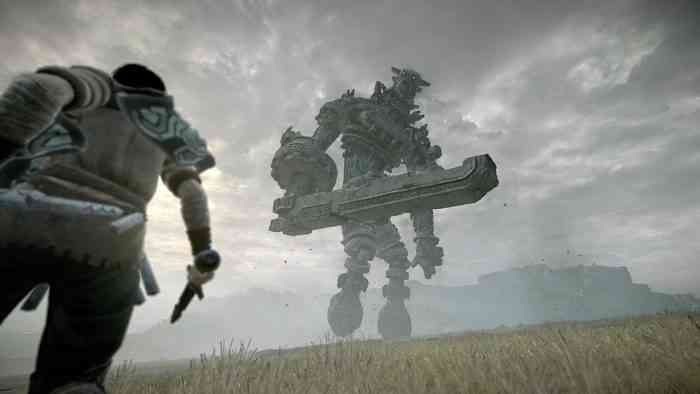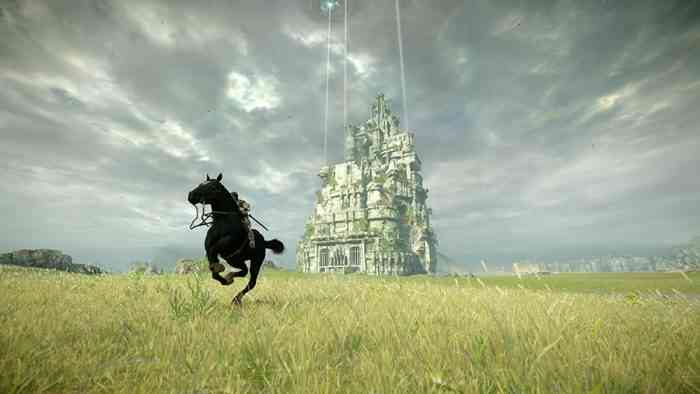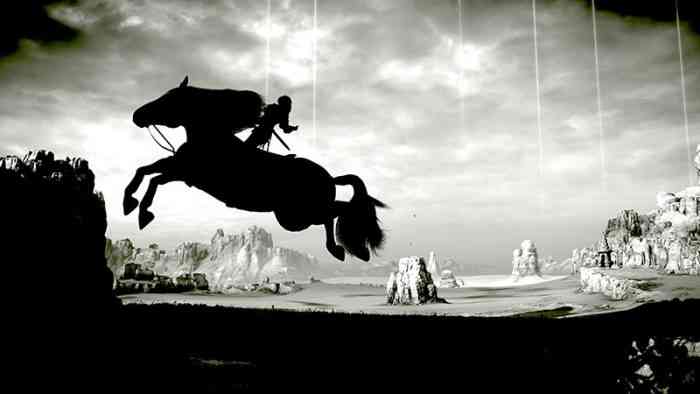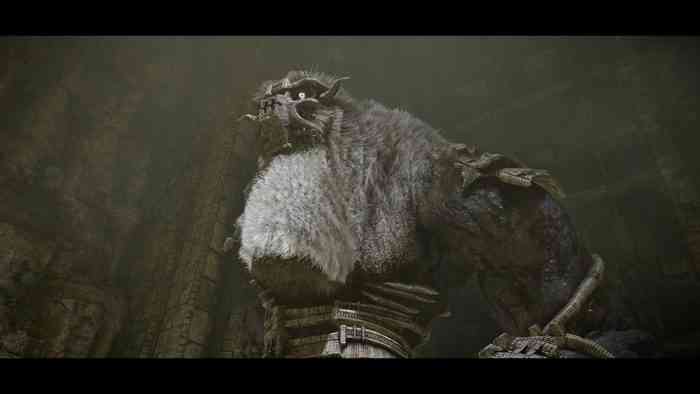Shadow of the Colossus Is Refreshing, Even At 12 Years Old
It’s with a twinge of shame that I admit I never played the original version of Shadow of the Colossus. Not that I couldn’t appreciate the art – Ico was incredible – 19 year old me just happened to be in full bro mode, and I was eagerly anticipating the impending Xbox 360. Shadow of the Colossus flew by right under my nose despite the critical fanfare.
My guilt about the past puts me in a unique position though: I’ve never played Shadow of the Colossus. I’m lacking the nostalgia goggles many reviews will have despite their best intentions, and thus the following is a true representation of the quality of the title. So, 12 years on, is Shadow of the Colossus still a masterpiece?
From an artistic perspective, there’s no doubt. Shadow of the Colossus is mesmerizing and seductive, whimsical and ethereal. The world is barren and desolate, yet teeming with wonder and possibility. The design feels wonderfully intentional, bringing the player’s attention to each of the gorgeous details and encouraging a great deal of standing around and marveling at the beauty of it all. This feeling is propped up by the fantastic photo mode that’s been baked in – there have been some great photo modes lately, but this one is truly outstanding.
I’m not being hyperbolic either. Every single detail is unbelievably stunning from the way Agro’s tail flutters in the breeze to the breathtaking texture work. Yes, the rock walls in Shadow of the Colossus are good enough to be recognized specifically in this review. If you have a PS4 Pro, pick the resolution priority mode – this game is undeniably cinematic, and 30ish frames per second arguably suits the mood of the world much more accurately.

There are two phases of the game: traversal and combat, and the experience of both is directly informed by the art and visual execution. The camera sweeps dramatically across the terrain as you gallop across the plains or trot through the woods – the scope of the world is tremendous. Shadow of the Colossus’ influence is all over games like Breath of the Wild, making the player constantly wonder what’s around the next bend. Shadow is a much more directed and solemn feeling title, but there’s a sense of freedom one rarely gets in a 5-6 hour adventure.
The colossi themselves are the centerpieces of that adventure, an exceptionally creative mixture of beasts that are suitably intimidating and awe-inspiring. Each encounter boils down to pattern recognition and weak point discovery, but the process of tackling the creatures is exciting, to say the least.

Grabbing and climbing mechanics are central to combat for obvious reasons – hacking away at the big toe of a hundred foot knight isn’t likely to cause much concern for the giant. And so climb you shall, looking for a weak point or three to repeatedly plunge a sword (rather satisfyingly I might add) into. It’s obviously way more complicated than that most of the time, but the goal of each encounter adheres to that basic scheme. Under the modernized control setup R2 is a dedicated grab button that needs to be held anytime there’s hanging on to be done. The jump button then acts like you might expect up on the stick to and scales ledges as well as allowing for accelerated climbing of graspable surfaces like fur.
That interplay was frustrating at times as character movement can feel like you’re in molasses, but then again hanging onto the arm hair of a huge ape as it tries to shake you off probably shouldn’t be trivial. Scaling the colossi also requires a constant balancing of stamina – one of only 2 UI elements I’d consider game-y.
______________________________
“hanging onto the arm hair of a huge ape as it tries to shake you off probably shouldn’t be trivial”
In other words, Shadow of the Colossus is a true showpiece for minimalism in games. Only the absolute essentials are displayed – health if you’re injured, stamina if you’re doing something that requires it. Outside of those moments, the full field of view is dedicated to immersing the player in the world. Other games try to do this, but this is perhaps the best implementation I’ve seen.
There’s a story of course, but very little is explained and there’s a lot of space to invent personal theories and head cannon. Dialogue is minimal and only points in the vague direction of a goal. This lack of explanation left me pondering a lot of things, and I can’t help but believe that some of the longer traversal segments were specifically intended to give players time to construct theories about the world.

Shadow of the Colossus is obsessed with showing, not telling. It respects the intelligence and intuition of those playing and expects you’ll be able to manage things. There’s no breadcrumb trail, no hand-holding, no in-depth forced tutorial sections. Shadow knows you’ll figure it out on your own – you’ll have no choice.
Somewhat at odds with that is the speed with which vague hints are doled out during battle. After a few short minutes, Dormin (the, I don’t know, god(?) of the land) begins to give a general strategy for defeating the beast at hand. It happens too quick for my taste – let me puzzle things out a bit longer, or at least let me die before giving me hints.

I also ran up against some pretty nasty bugs as I was playing. A few times I fell right through the world, while other times the main character would just lock up for a second or two. The audio in a few cutscenes was wildly out of sync too, to the tune of 4-ish seconds. The audio sync issue killed the drama of a few sequences, but was too inconsistent on repeat plays to really ding the game for – I’ve seen some sync issues in other games on my PS4 Pro as well.
To answer my own question, Shadow of the Colossus is (still) the gold standard for artful expression in interactive media. It’s packing serious technical chops and doesn’t get in its own way, allowing the player to find their own path. The minute to minute activities are undeniably simple, but there’s obvious intent behind it – creating a tight and focused package that somehow lets the player feel truly free. It’s a remarkable achievement, even ignoring the 12-year-old core design.
***A PS4 code was provided by the publisher***
The Good
- Unbelievable art and design
- Epic battles at a massive scale
- Show don’t tell story and world
The Bad
- Some weird bugginess
- Hints happen too quick in battle

